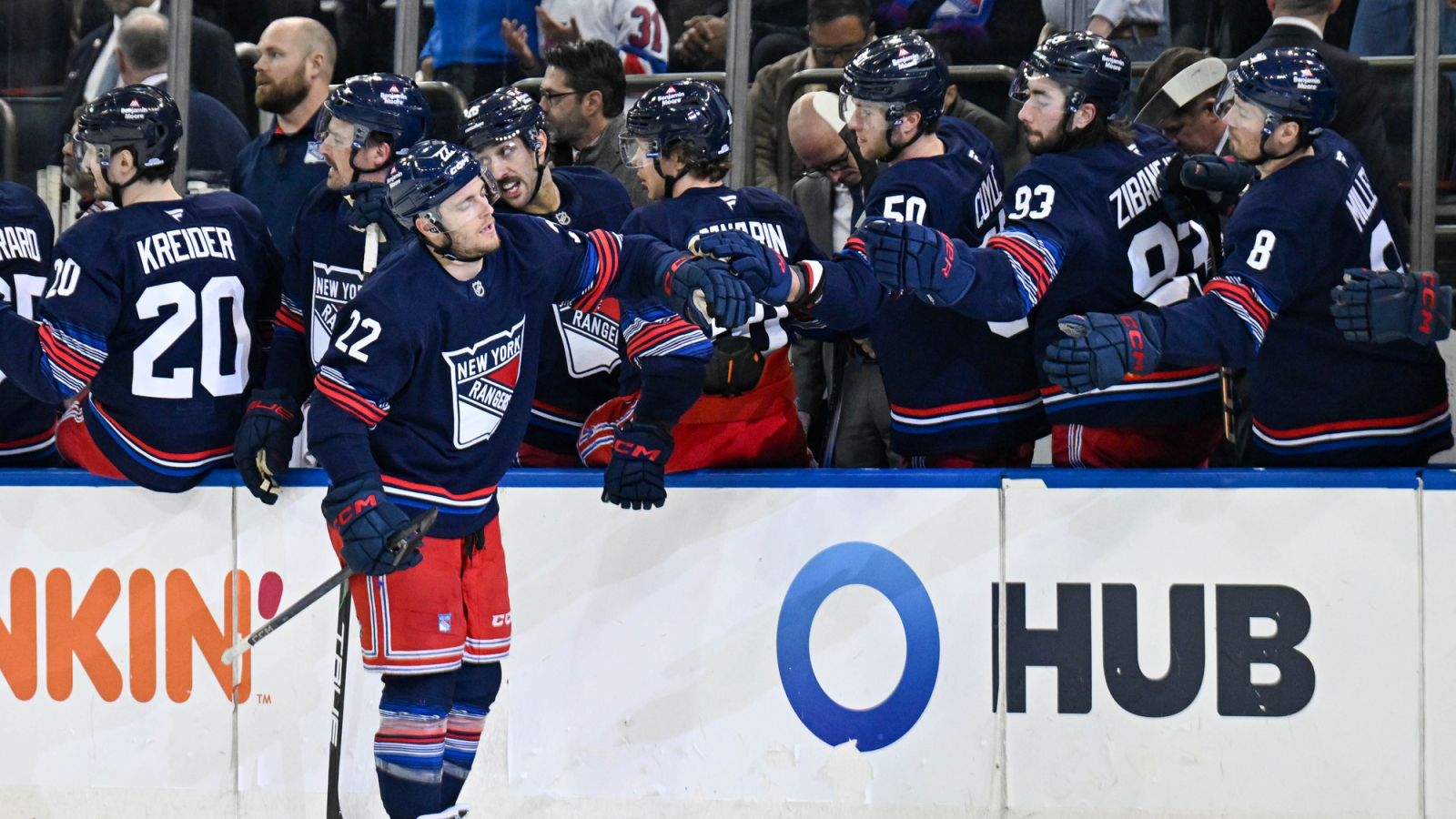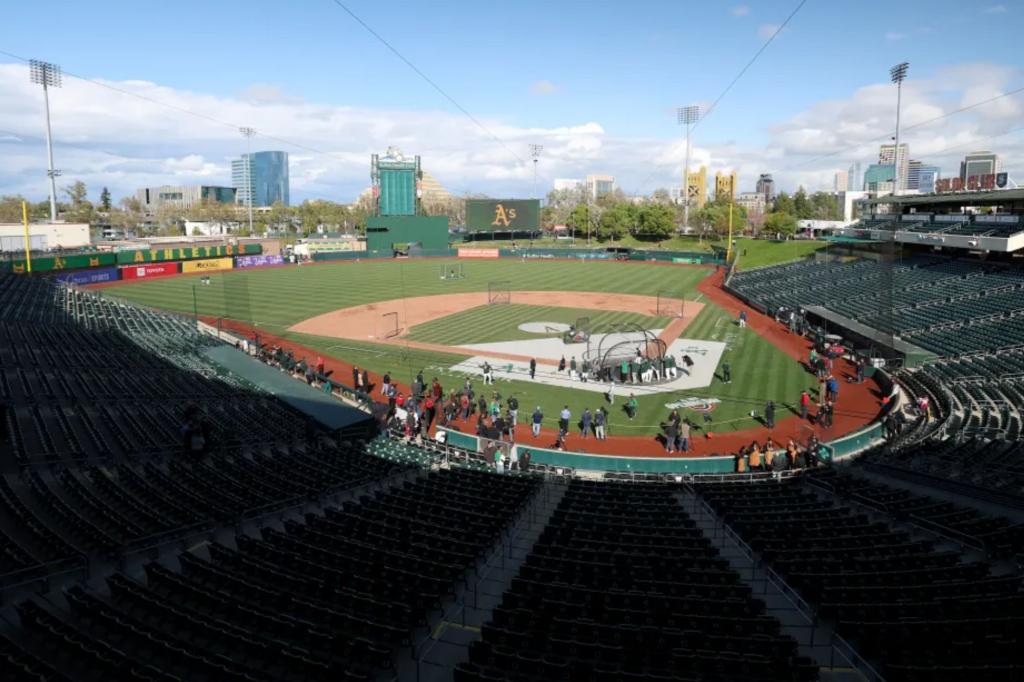
The Rangers’ lack of patience ultimately resulted in them bringing in multiple veteran players who cost precious future assets, ate away at cap space, and, in the end, made the team top-heavy. Bringing in Artemi Panarin through free agency was a massive piece of business and, ultimately, a terrific signing. However, it forced the Rangers to accelerate their plans not to throw away Panarin’s prime years.
Many of their other moves for veterans didn’t turn out so well. The Rangers acquired defenseman Jacob Trouba from the Winnipeg Jets back in 2019, and at the time, they believed they were getting a bona fide top-pairing defenseman. Trouba was paid like one, signing a seven-year contract extension for $56MM a month after the Rangers acquired him, but his play never reflected what the Rangers were paying him. Trouba wasn’t a liability, but he never performed like a top defenseman and was ultimately moved to the Anaheim Ducks in a salary dump.
While the Trouba move was troubling, it is just the tip of the iceberg in a series of moves that ultimately undid much of the solid early work the Rangers had done to kick off their rebuild. The Pavel Buchnevich trade with St. Louis was an unmitigated disaster as he developed into a point-per-game player with the Blues. His absence created a need for the Rangers to go out and spend additional future assets to acquire replacements. This led the Rangers to make moves for Andrew Copp and Frank Vatrano in 2022, eventually trading more futures to acquire Patrick Kane and Vladimir Tarasenko at the 2023 NHL Trade Deadline. These moves in a vacuum were sensible ones to make. Still, they did nothing to elevate New York, as they were ultimately dumped in the first round by the New Jersey Devils in 2023, and both Kane and Tarasenko walked in free agency, as did Copp and Vatrano the year prior.
While the players’ on-ice performance has left much to be desired, the disappointments fall heavily on management and coaching. Particularly the underwhelming development of multiple top draft picks. The Rangers had incredible turnover behind the bench in just a few years, going from David Quinn to Gerard Gallant and Peter Laviolette. Each coach brought a different vision, and the instability wreaked havoc on the psyche of young players trying to find their way. Lafrenière and Kakko never became elite stars, not yet anyway, and this forced the Rangers to lean more heavily on veterans, which altered the team’s trajectory.
Of course, the management change occurred in 2021, when the Rangers fired general manager Jeff Gorton and team president John Davidson in favor of former Rangers captain Chris Drury. Drury’s aggressive style fit what the Rangers tried to do in the summer of 2021, but far too many of his moves have worked out poorly, and he has spent more time undoing his own mistakes than improving the Rangers roster.
Returning to the summer of 2021, this was ultimately the series of events that took the Rangers from potential cup contenders into what they are today. New York was responding to the Tom Wilson
incident in May 2021, where Panarin was nearly injured, and the team gave Drury a mandate to make the Rangers tougher. Drury did precisely that, sacrificing skill to bring in the likes of Ryan Reaves, Barclay Goodrow, Patrik Nemeth, Dryden Hunt and Jarred Tinordi. The moves ultimately didn’t work out, and that summer now looks like the turning point in the Rangers rebuild. Sure, they were able to win a President’s Trophy and make a playoff run after it, but it changed the course of a team that looked to be on their way to the top. It was eerily similar to what the Pittsburgh Penguins did after their second Stanley Cup in a row in 2017 when then-general manager Jim Rutherford took exception to Wilson’s aggression in the Washington/Pittsburgh second-round series (which Pittsburgh ultimately won) and traded a first-round pick and Oskar Sundqvist for Reaves. That summer proved to be a turning point for the Penguins, as they’ve only won a single playoff series since after rattling off eight straight series wins on their way to two championships.
Now, credit where it is due: Drury hasn’t been afraid of course correcting, evidenced by him flipping out Reaves, Goodrow and even Reilly Smith a short time after acquiring them despite the negative optics. In all three of those cases, Drury sold lower than he bought. While those moves were all tinkering around the edges of the roster, those mistakes began to add up. Eventually, they accounted for some of the predicament that the Rangers find themselves in.
New York rebuilt oppositely from their division counterparts, the New Jersey Devils. While they blocked upward mobility for their top draft picks, the Devils played their top picks in prominent roles and let them learn from their mistakes, which helped speed the development process. New Jersey was patient in the process and waited to acquire help for their young core, doing so over the past two years to fill in the gaps around their top young stars. Whether the Devils’ approach was right or wrong remains to be seen. Still, they indeed appear to be in a more advantageous position as their contention window is wide open. In contrast, the Rangers are at the end of their season without a first-round pick this year or possibly next, depending on where they finish in the standings.
New York also has no identity at the moment. They don’t appear to be a team in win-now mode, and they aren’t a young team on the upswing. They are in the mushy middle, the worst place to be in today’s NHL.
Photo by Charles LeClaire-USA TODAY Sports


